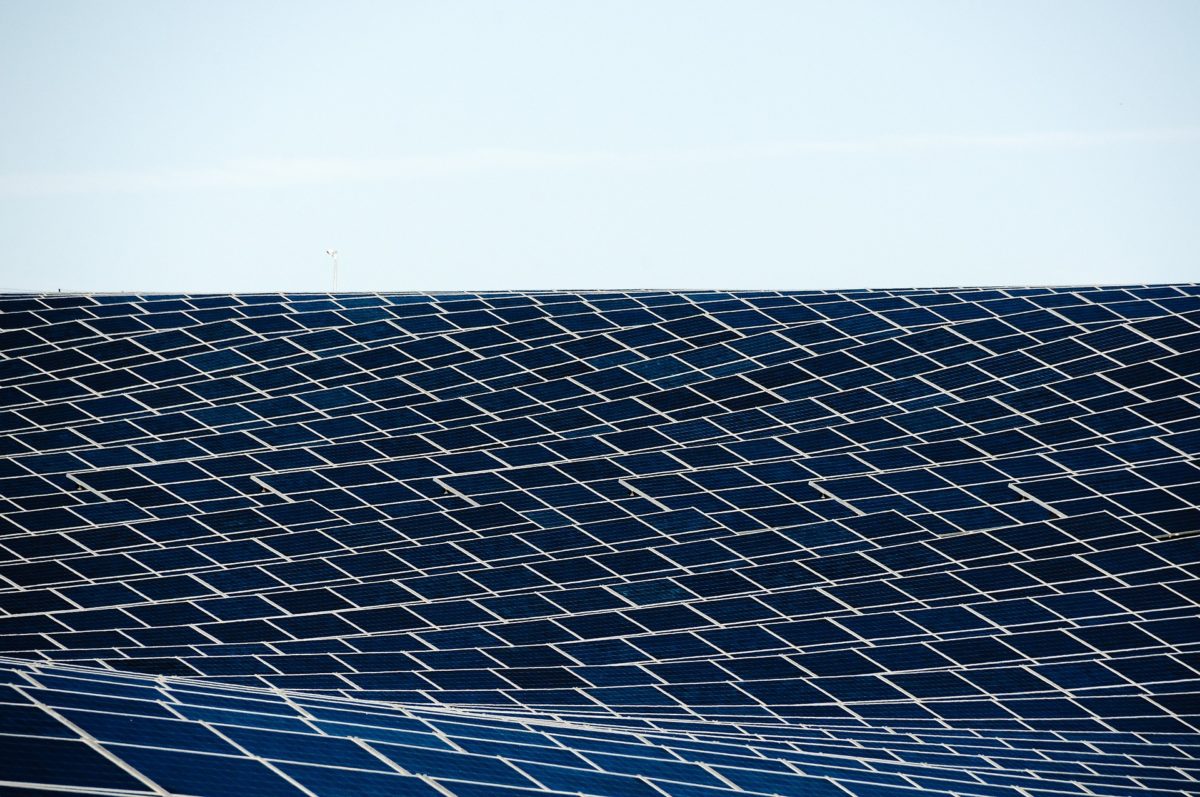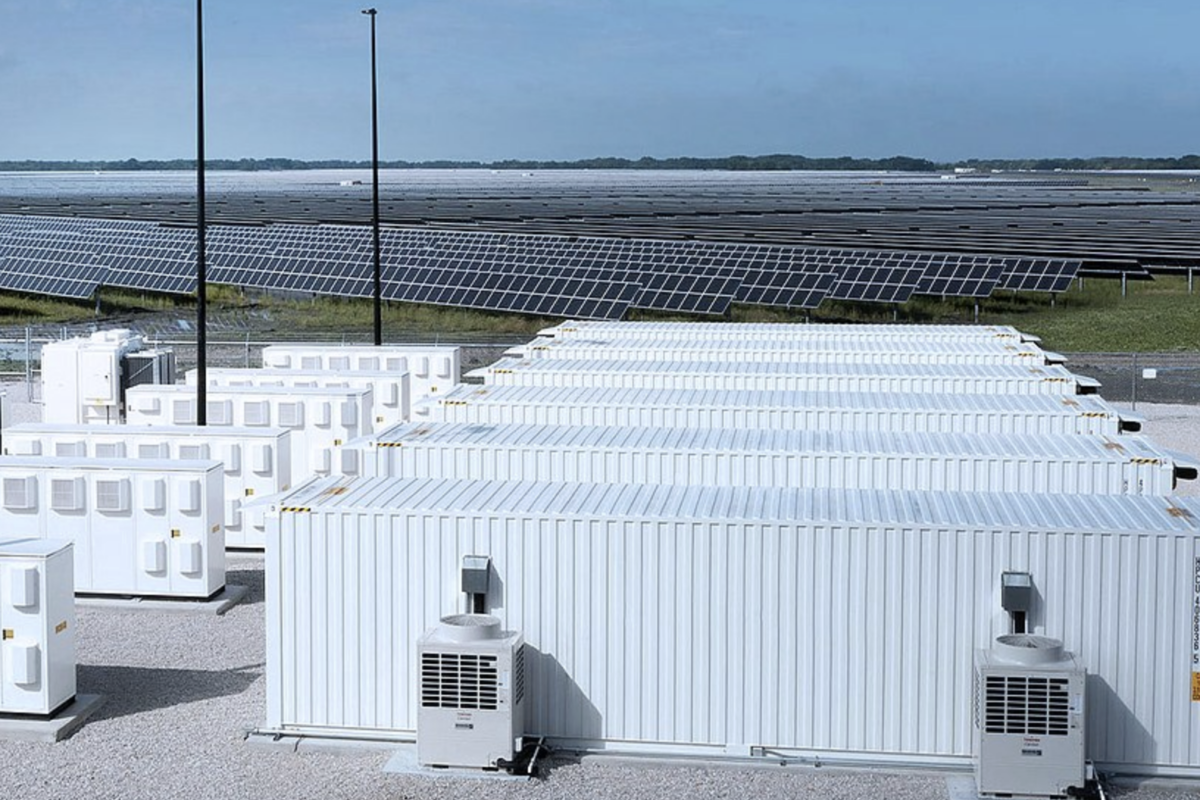From pv magazine USA
There are many paths to reach 100% emissions-free electricity. The US Department of Energy’s National Renewable Energy Laboratory (NREL) has released “Examining Supply-Side Options to Achieve 100% Clean Electricity by 2035,” which looks at multiple scenarios.
NREL concludes that a 90% clean grid will have a low incremental cost, and that it can be built primarily with new wind, solar, storage, and transmission. However, the last 10% will present financial challenges, requiring research and new technologies.
The lab points to four “critical hurdles” to reach 100%:
- Dramatic acceleration of electrification and increased efficiency in demand
- New energy infrastructure installed rapidly throughout the country
- Expanded clean energy manufacturing and supply chains
- Continued research, development, demonstration, and deployment support to bring emerging technologies to the market (the last 10% challenge)
Across all of their main scenarios, the lowest cost electricity mix is dominated by wind and solar, which provide most of the generation (60% to 80%). By the end of this decade, solar will require additions of 40 GWac to 90 GWac per year, and wind will require additions of 70 GW to 150 GW per year. By 2035, the United States will need to have added 2 TW of wind and solar combined.
Other accomplishments that must also happen by 2035 include the deployment of 5 GW to 8 GW of new hydropower, 3 GW to 5 GW of geothermal, and 120 GW to 350 GW of diurnal storage. Hitting these targets will require $330 billion to $740 billion in overall capital.
Another complex issue is that the models require between 1,400 and 10,100 miles of new high-capacity lines each year. NREL says this will triple the deployment volume rate being installed today.
Solar in the United States will need to massively increase deployment, with installation rates two to eight times that of the 15 GW of capacity that was added in 2020. These future annual installation volumes will be 25% to 110% of the entire capacity installed throughout the world in 2020.
This content is protected by copyright and may not be reused. If you want to cooperate with us and would like to reuse some of our content, please contact: editors@pv-magazine.com.



I’d just watched semifinals of US Open with pictures of New York panorama. ALL skyscrapers’ rooms were iluminated in the night. Did report foresee saving of energy?